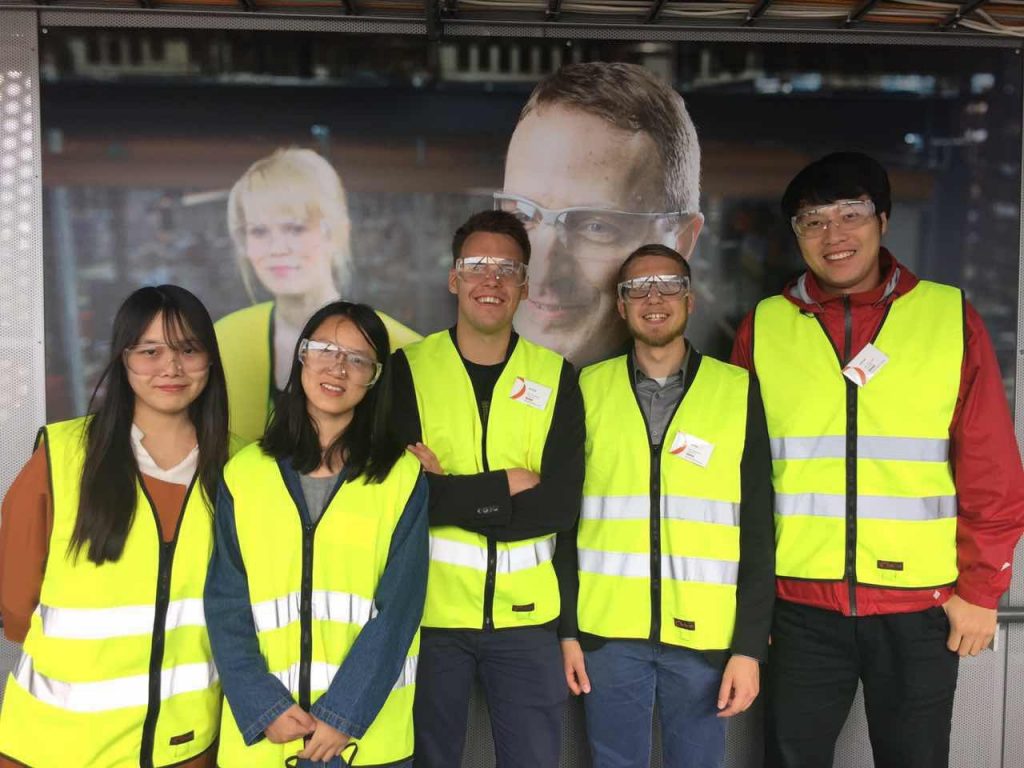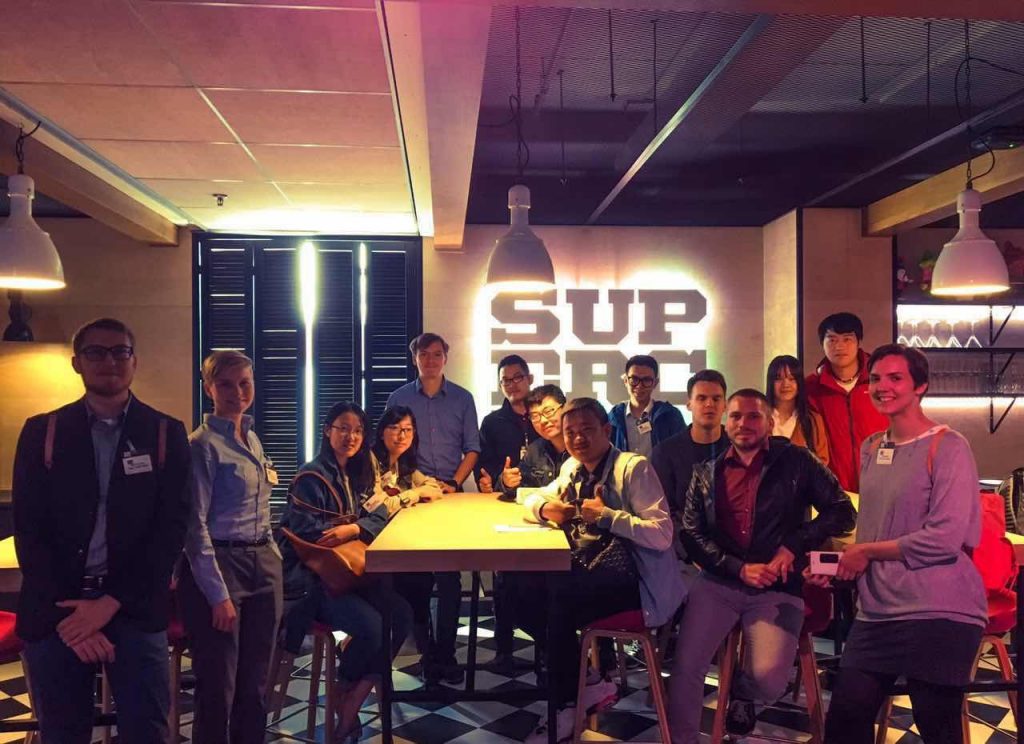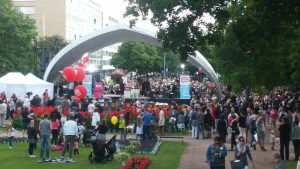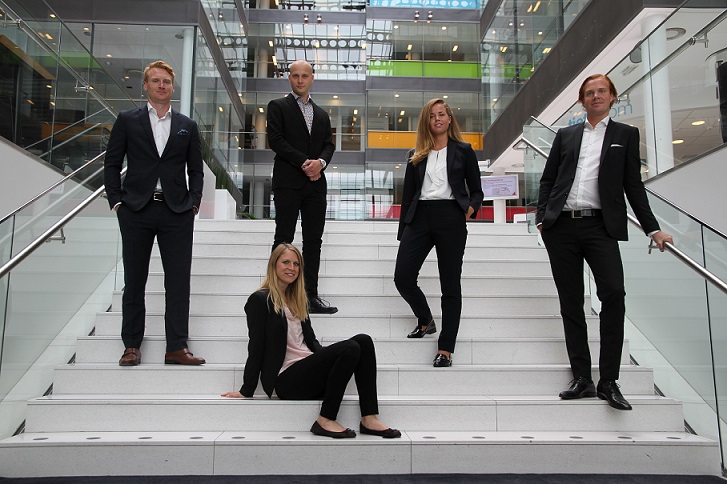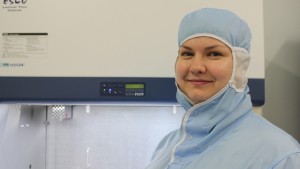Kun itse 80-luvun lopulla valmistuin graafiseksi suunnittelijaksi, päädyin työmarkkinoille, joilla ammatin taidolliset vaatimukset muuttuivat perusteellisesti muutamassa vuodessa. Uusia taitoja opiskellessani huomasin, että myös työpaikat olivat kadonneet. Tämän kujanjuoksun jälkeen olen joutunut keksimään itselleni työn kerta toisensa jälkeen sen mukaan, millaiselle tekemiselle yhteiskunnassa on tarvetta. Kokemus on pakottanut arvioimaan uudelleen, mikä opintojen ja työssäolon suhde pitäisi olla. Työelämää myllertävät isot muutokset, joihin kannattaisi henkisesti valmistautua jo koulussa.
1. Vain muutos on pysyvää. Yksi keskeinen muuttuva piirre on ollut teknologian muuttuminen. Työurani aikana olen joutunut opettelemaan kymmeniä uusia ohjelmistoja ja järjestelmiä. Jo vuosituhannen vaihteessa pohdin, milloin tekninen työympäristö rauhoittuisi ja voitaisiin keskittyä arvon tuottamiseen. Vastaus taitaa olla, ettei koskaan. Juuri nyt tietotyö muuttuu ehkä nopeammin kuin milloinkaan aikaisemmin. Muutama viikko sitten Helsingin Sanomien artikkelissa vähäteltiin lukio-opiskelijoiden IT-taitoja seuraavin sanoin: ”Ei ole itsestäänselvyys, että nuoret osaisivat esimerkiksi käyttää Office-ohjelmia.” Tiedoksi teillekin: Itse en ole käyttänyt Office-ohjelmia enää vuosiin!
2. Sankarikonsulttia ei enää tarvita. Työ Elisalla on luonteeltaan tiimityötä. Tiimissämme yhteyttä porukan kesken pidetään ryhmätyösovelluksilla ja erilaisilla mindmap- tai whiteboard-työkaluilla. Tuotettu tieto on yhteisesti ylläpidettyä ja kommentoitua, ja virtaa tarvittaville henkilöille. Emme hautaa tietoa lukuoikeuksia vaativiin dokumentinhallintajärjestelmiin vaan lähtökohtaisesti tieto kulkee avoimesti aina, kun se on tietosuojakäytäntöjen puolesta mahdollista. Ajattelen, että henkilö, joka panttaa työnsä tuloksia, ei osaa ottaa palautetta tai ei halua pyyteettömästi kartuttaa yhteisön osaamispääomaa, on työyhteisölle riski.
3. Töitä voi tehdä missä vain. Kirjoitan tätä tekstiä kotisohvallani. Työn tekemisessä ovat oleellisia tulokset, ei se, missä ja milloin työtä tehdään. Elisassa saa halutessaan tehdään etätöitä, ellei työ erityisesti vaadi työpaikalla oloa. Keskimäärin kolmasosa elisalaisten työpäivistä tehdäänkin kotona, mökkirannassa tai jossakin muualla. Oheinen juttu kertoo, miten Elisalla joustava työ helpottaa perheen arjen pyörittämistä: http://www.hs.fi/ura/a1459479104797?jako=c8898a31fd50036ce0c752605100cea4
Missä itse olet luovimmillasi?
4. Työkulttuuri muuttuu ja sitä muutetaan. Koska kokoukseen voi liittyä milloin vain puhelimella – vaikka olisit vasta junassa – ei myöhästelyä katsota enää hyvällä. Kokoukset ovat virtuaalipalaverien tultua myös lyhentyneet selvästi. Toisaalta kun työaika ei määrity työpaikalla olemisen kautta, työntekijän täytyy myös miettiä ja sopia tiimin kanssa, milloin ei halua olla tavoitettavissa.
Etäyhteyttä voidaan käyttää myös sosiaaliseen vuorovaikutukseen: kun tiimi istuu hajallaan ympäri Suomea tai maailmaa, tarve jatkuvalle yhteydenpidolle kasvaa. Jokainen tiimi muokkaa tässä itse omaa työkulttuuriaan: Millainen on etätiimin kahvitauko?
5. Lean startup opettaa. Erityisen paljon Elisalla opitaan nyt kasvuyritysten toimintamalleista ja asenteesta: uskalluksesta olla ylpeä omista saavutuksista ja samalla halukkuudesta kertoa niistä julkisesti. Kasvuyritykset opettavat meille myös, miksi nopea epäonnistuminen on tärkeää – tällöin jää aikaa uusien ideoiden testaamiseen ja todennäköisyys kultajyvän löytymiseen kasvaa.
Startup-maailmasta on kopioitu myös ketterien tiimien malli. Elisalla tiimi itse vastaa työympäristönsä rakentamisesta: työtapojen, käytäntöjen ja työkalujen valinnasta. Yhä useammin tiimi joutuu myös etsimään itse ongelmat, jotka ovat ratkaisemisen arvoisia – vain yhteiset tavoitteet saadaan johdolta. Miten koulussa voisi opettaa vastaavia taitoja?
6. Omaa työtä on osattava markkinoida. Suomen asiantuntijamarkkinat seuraavat alan toimijoiden mukaan Ruotsia 5–10 vuotta perässä. Ruotsissa asiantuntija ei halaja isoon yritykseen töihin, vaan etsiytyy saman tien kansainvälisille markkinoille, kilpailuttaa omaa osaamistaan aktiivisesti ja tekee tarpeen mukaan joustavia työsuhderatkaisuja esimerkiksi rekrytointiyritysten kanssa. Jokaisen asiantuntijan tulisi ymmärtää perusasiat sopimuskäytännöistä ja oman työn markkinoinnista. Opetetaanko tätä sinun koulussasi?
7. Töihin oppii vain töissä. Omakohtainen havaintoni on ollut, että vain töitä tekemällä saavuttaa osaamistason, jolla on kaupallista kysyntää. Vain todellinen tuotannollinen haaste tai asiakas voi tarjota uskottavan kontekstin uusien taitojen omaksumiselle. Siksi vaatimukset koulutusaikojen lyhentämisestä ovat mielestäni perusteltuja – jotta olisi mahdollisuus palata kouluun yhä uudelleen.
Mitä koulussa kannattaa opiskella? Toimialasta riippumatta tietotyö vaatii nykyisin oman työskentelyn johtamista, halua ja kykyä keskustella työn tavoitteista ja siitä, miten onnistumista mitataan. Monipuoliset kommunikointi- ja yhteistyövalmiudet ovat välttämättömiä, sillä vain tiimin yhdessä tekemä työ ratkaisee. Huomisen tietotyöläisen perustaitoja ovat tiimin aktiivinen rakentaminen, sidosryhmien osallistaminen sekä suunnittelun ja päätöksenteon fasilitoiminen. Kyky hahmottaa syy- ja seuraussuhteita, ennakoida ja laatia simulaatioita ovat arvossaan.
Mitä koulussa ei kannata oppia? Lähtökohtaisesti tenttiä varten ulkoa päntätyt faktat ovat hyödyttömiä, sillä työpaikalla kaikki maailman tieto on koko ajan saatavilla ja sitä syntyy määrättömästi koko ajan lisää. Oleellista ovat kyky etsiä tietoa ja jalostaa sitä.
8. Kouluun kannattaa palata. Vaatimus elinikäisestä oppimisesta haastaa kuvitelman siitä, että koulusta valmistuttaisiin elinikäiseen ammattiin. Omaa uratoivetta tukeviin töihin kannattaa mennä heti, kun se on mahdollista, sillä kouluun voi palata milloin tahansa. Vasta työelämässä opiskelija ehkä huomaa, haluaako edes loppujen lopuksi alalle.
Koulutuksen lyhetessä tulisi yhteiskunnan taata mahdollisuus palata kouluun aina tarvittaessa. Ammattia vaihtaessa olen löytänyt itseni koulun penkiltä 5–10 vuoden välein. Miksi? Opiskelu voi auttaa pistemäisesti kiinnostavien kirjojen ja henkilöiden äärelle, mutta myös kuulostelemaan sitä, mitä itse haluaisin oppia ja missä haluaisin olla hyvä. Sen kysymyksen äärelle joudumme kaikki palaamaan yhä uudelleen.
Kirjoittaja on toiminut urallaan suunnittelijana, yrittäjänä, konsulttina, tutkijana, esimiehenä ja vastaa nyt Elisan palvelumuotoilusta.
Head of Service Design
Elisa

